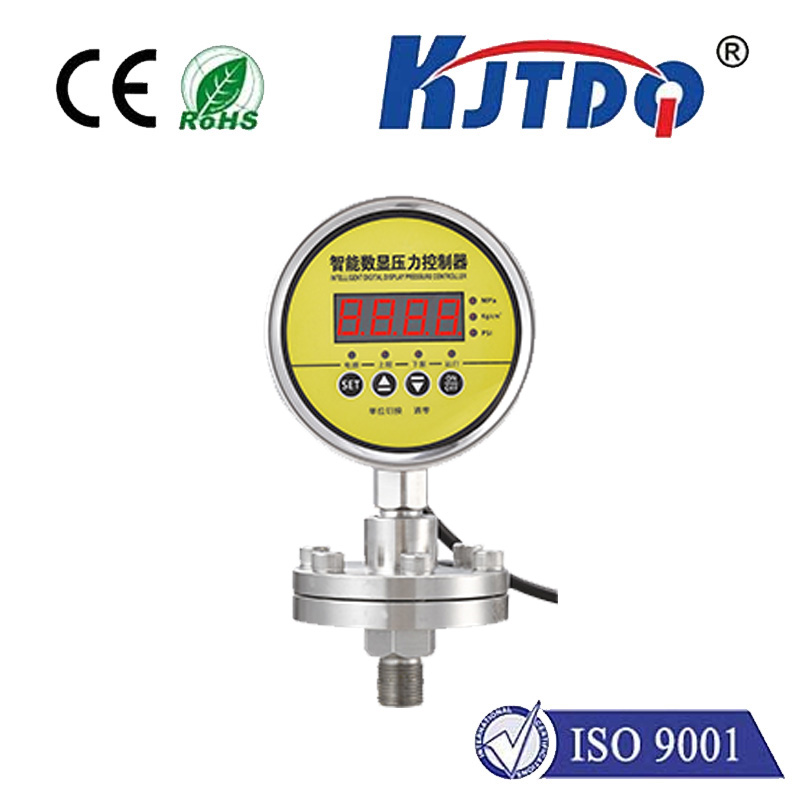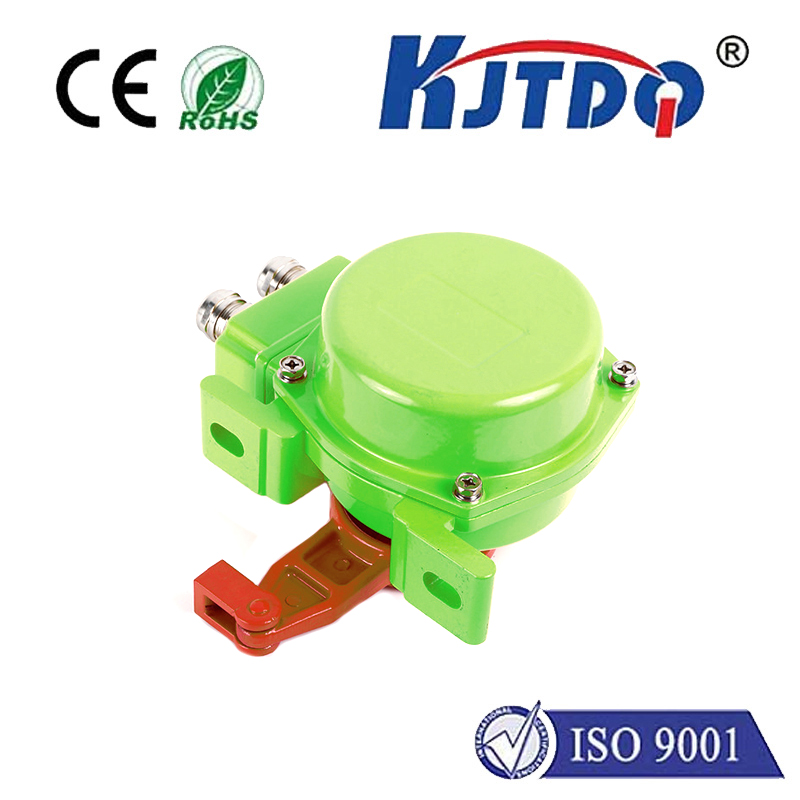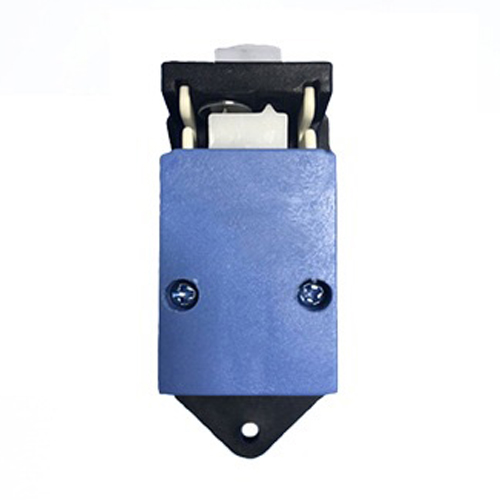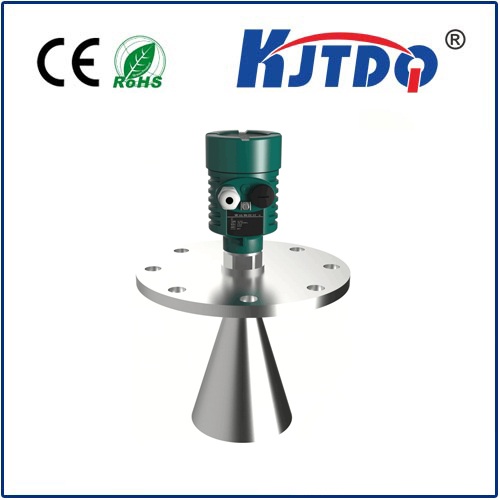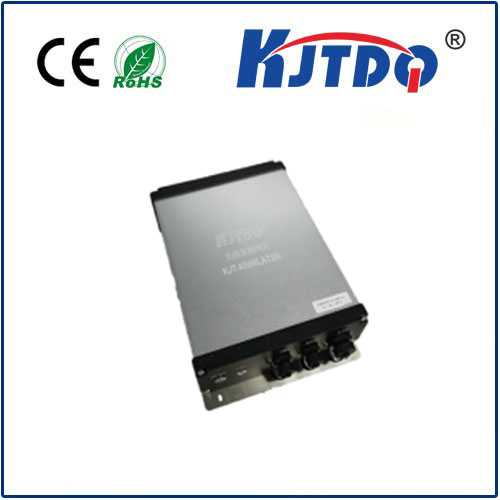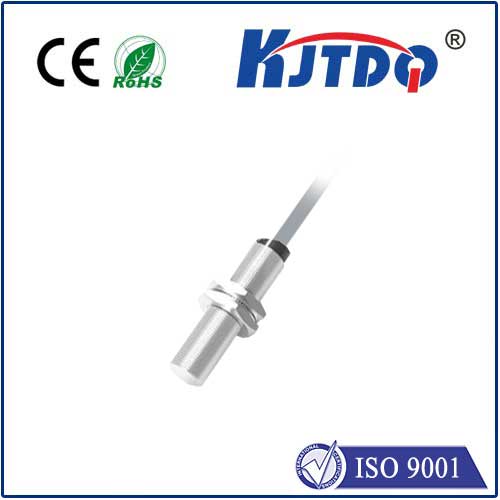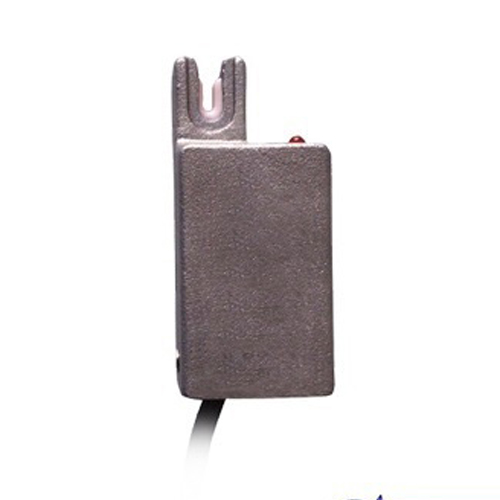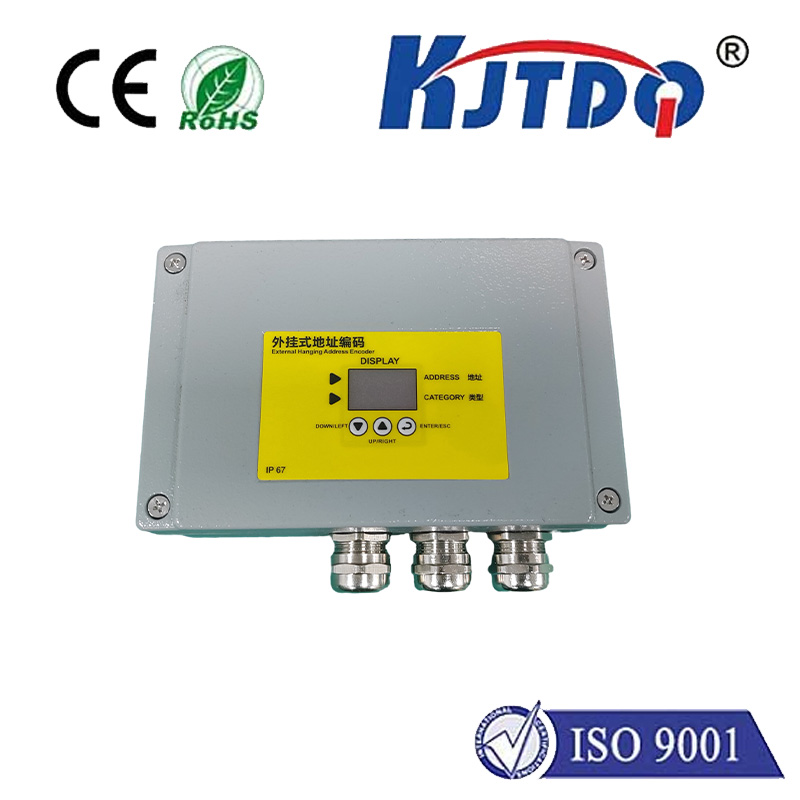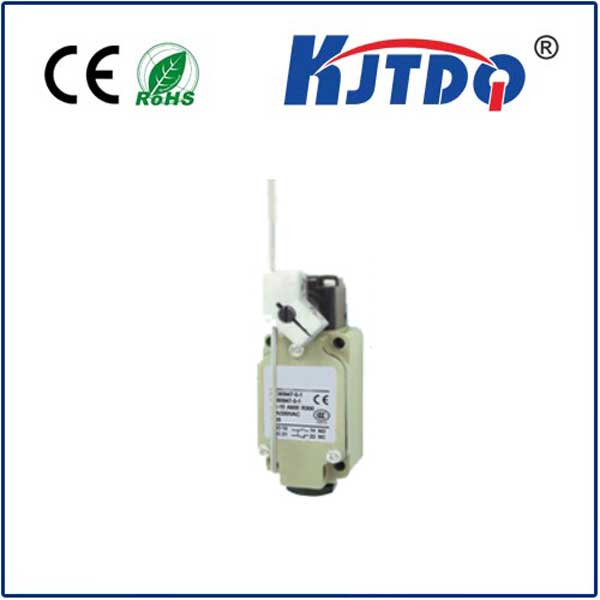ir proximity sensor
- time:2025-07-01 11:21:45
- Click:0
Unveiling the IR Proximity Sensor: Your Essential Guide to Invisible Detection
Have you ever waved your hand near an automatic faucet and watched water magically flow, wondered how your robot vacuum avoids colliding with furniture, or appreciated how your smartphone screen dims during a call? These seemingly effortless feats of modern technology often rely on a remarkably versatile component: the IR proximity sensor. This unsung hero operates silently in the background, harnessing the power of infrared light to perceive its surroundings without physical contact. Understanding how these sensors work and where they excel unlocks a deeper appreciation for their pervasive role in simplifying and enhancing daily interactions with technology.
How Does an IR Proximity Sensor Actually Work? At its core, this sensor leverages a simple yet effective principle: emission and detection of infrared (IR) light, invisible to the human eye. It consists of two key elements:
- An IR LED Emitter: This component constantly pulses out beams of infrared light into the environment.
- An IR Photodiode or Phototransistor Receiver: Positioned nearby, it patiently “listens” for any IR light rays reflected back towards the sensor.
The fundamental mechanism revolves around distance-dependent reflection. When an object enters the sensor’s detection zone, the emitted IR light strikes its surface and bounces back. The receiver detects this reflected light. Crucially, the intensity of the reflected signal varies with distance: a closer object reflects a stronger signal compared to one farther away. Sophisticated circuitry within the sensor analyzes this intensity shift. By translating the strength of the reflected IR radiation into an electrical signal (often a simple digital HIGH/LOW output or an analog voltage proportional to distance), the sensor effectively “senses” the object’s presence and relative proximity. This principle enables reliable non-contact detection.

Key Strengths That Drive Adoption Why choose IR over other sensing technologies? Several distinct advantages fuel its popularity:
- Cost-Effectiveness: IR components are generally inexpensive to manufacture and integrate, enabling their use in budget-friendly consumer products.
- Low Power Consumption: Ideal for battery-operated devices like smartphones, wearables, or remote controls, minimizing energy drain is critical. Efficient IR sensors excel here.
- Simplicity & Reliability: The underlying technology is robust and well-understood. With fewer complexities than vision-based systems or ultrasonic sensors, IR proximity sensors offer consistent performance in standard use cases.
- Compact Size: Their small footprint makes them perfect for space-constrained designs like mobile phones or miniature robotics.
- Immunity to Audible Noise: Unlike ultrasonic sensors, IR functionality remains unaffected by ambient sound or vibration.
Where You Encounter IR Proximity Sensors Every Day The applications for these sensors are incredibly diverse, touching numerous industries:
- Consumer Electronics: This is perhaps the most common arena. They enable automatic screen blanking during phone calls (preventing accidental cheek presses), power-saving wake/sleep functions in laptops and tablets, touchless gesture controls, and paper presence detection in printers.
- Robotics & Automation: Critical for obstacle avoidance and collision prevention in autonomous mobile robots (AMRs), drones, and robotic arms. They allow machines to navigate and interact safely with their environment.
- Industrial Automation: Used for counting objects on conveyor belts, detecting product presence or position in assembly lines, and monitoring fill levels without physical contact.
- Automotive: Integrated into advanced driver assistance systems (ADAS) for basic object detection around bumpers, enabling features like parking assistance. Also monitor driver presence or hand position on the wheel.
- Security Systems: Found in motion detectors for alarms or automatic lighting control, sensing movement within a defined zone.
- Home Appliances & Fixtures: Enable touch-free operation in faucets, soap dispensers, towel dispensers, hand dryers, and automatic toilet flushers.
Optimizing Performance: Key Considerations While versatile, achieving optimal results requires attention to several factors:
- Detectable Object Properties: IR reflection heavily depends on an object’s surface. Dark, matte, or non-reflective surfaces absorb IR light, potentially reducing range or causing detection failure. Shiny objects or specific colors might reflect inconsistently. Testing with target materials is crucial.
- Ambient IR Interference: Bright sunlight or intense heat sources emit infrared radiation that can saturate the receiver, causing false triggers or reduced accuracy. Sensor placement and shielding are vital. Many modern sensors incorporate modulation/demodulation techniques to filter out constant background IR.
- Detection Range & Precision: IR proximity sensors excel at close-range binary detection (object present/absent) or providing relative distance feedback. For highly precise absolute distance measurement (e.g., >1 meter), technologies like LiDAR or ultrasonic sensors might be more suitable.
- Environmental Conditions: Dust, smoke, or fog can scatter IR light, impacting performance. Condensation on the sensor lens is also a concern in high-humidity environments.
The Future Path of IR Proximity Sensing Technological evolution continues to enhance these sensors. We see trends towards:
- Miniaturization: Ever-smaller packages for integration into wearables and micro-devices.
- Improved Ambient Light Rejection: More sophisticated filtering algorithms and optical designs to combat interference.
- Enhanced Integration: Combining IR proximity sensing with other sensors (like ambient light sensors) into single, multi-function modules.
- Lower Power Modes: Achieving ultra-low quiescent currents for next-generation IoT devices demanding years of battery life.
From the smartphone in your pocket to the automated factory floor, IR proximity sensors remain a fundamental, efficient, and cost-effective solution for non-contact detection. Their ability to operate inconspicuously and reliably makes them an indispensable component in the toolkit of engineers and designers worldwide, shaping seamless interactions between humans and machines.






